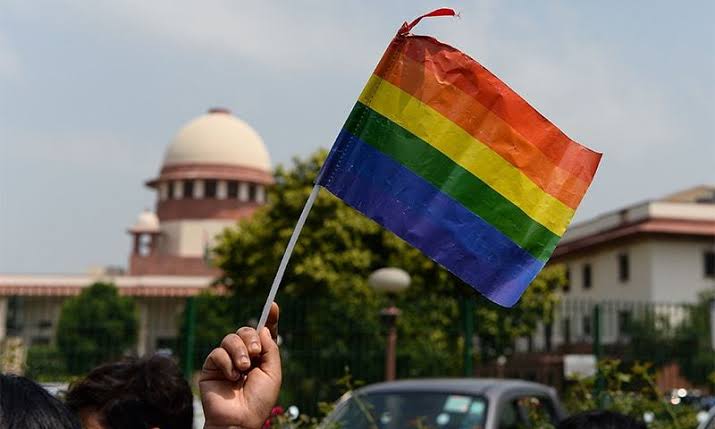


The Supreme Court said that the criteria to identify private forests cannot be uniform across the country.The Court gave the ruling in a recent judgement, while dismissing a petition challenging the criteria adopted in this regard by the Goa government.The Court upheld the state criteria which pegged private forest as lands with 40% tree canopy and 5 hectare land and said, “The existing criteria for identification of private forests in the State of Goa are adequate and valid, hence, they require no alteration.”
Dismissing the petition by NGO Goa Foundation to reduce the criteria to 10% canopy density and 1 hectare land, a three-judge bench of the top court headed by justice Bhushan R Gavai said that allowing such a prayer will open a “pandora’s box” and will result in plantations and private farmlands growing bamboo, palm, cashew to be classified as “forests”, in a state which already has 60% forest cover, three times that of the forest cover in the country.According to the India State of Forest Report, 2017 published by Forest Survey of India (FSI), forest cover in Goa extends to 2,229 sq km, which is 60.21% of 3,702 sq km, the total area in the state.The national forest cover, according to the same report, is 21.54%.The bench, also comprising justices Aravind Kumar and Prashant K Mishra said, “None of the states have adopted the criteria, namely the 0.1 density criteria, as it would result in opening a pandora’s box, and it would result in all the states undertaking the task of reassessing the forest area all over again which has since been settled on the basis of existing criteria.”Citing reasons, the bench said, “The application of criteria cannot be universally standardised across the country, as it is contingent upon the specific geography and geographical conditions prevalent in each State.”For the state of Goa, advocate Nalin Kohli pointed out that if the criteria proposed by Goa Foundation is implemented, it would roughly mean that any area with 10 to 20 planted trees across 10,000 sq. metres space will be a ‘deemed forest’ and prior approval from the central government under the FCA would be required.Kohli argued that Goa is uniquely placed in the geographical ecosystem having forest cover of about 60.2% and another 8% as tree cover.In addition, there are areas under the Coastal Regulation Zone (CRZ) notification; areas under Ecologically Sensitive Area, areas under riverine and other wetlands; and areas of no development.During the hearing of the plea by Goa Foundation, the top court had on February 4, 2015, directed Goa not to issue any ‘No Objection Certificate’ for conversion of any plot that has natural vegetation with tree canopy density exceeding 0.1 (10%) and an area above one hectare.Following this order, the Confederation of Real Estate Developer’s Association of India (CREDAI) filed an application before the Court to set aside this order.
Justice Kumar, writing the judgment for the bench, said, “If the criteria is reduced to 0.1 and 1 hectare as contended, it will result in the plantations of coconut, orchards, bamboo, palm, supari, cashew, etc., grown by farmers on their private lands into the category of ‘private forest’.”The Court vacated its February 2015 order and allowed the CREDAI application.Senior advocate Sanjay Parikh appeared for the petitioner and claimed that the category of open forest or degraded forest with canopy density of 10-40% were omitted from the identification process by the expert committees formed by the state. The foundation had questioned the Karapurkar committee findings before the Bombay high court, which transferred the petition to the National Green Tribunal (NGT) in October 2013.
The NGT had on July 30, 2014 ordered the petitioner to approach the top court as the issue involved determination of criteria for the identification of ‘forest’ which forms part of the proceedings in TN Godavarman case, that is pending in Supreme Court.The judgment examined the private forest criteria followed by different states and found that none of them had adopted the criteria of 10% tree canopy or 1 hectare.Further it noted a contradiction in the argument of the petitioner which on one hand, challenged the criteria adopted by the Sawant and Karapurkar Committees for identification of private forests and on the other hand, relied on the same reports for the purpose of identification of forests, including private forests, before NGT.
TAGS: Supreme Court Private forest identification Geographical features TN Godavarman case Forest Conservation Act Goa government